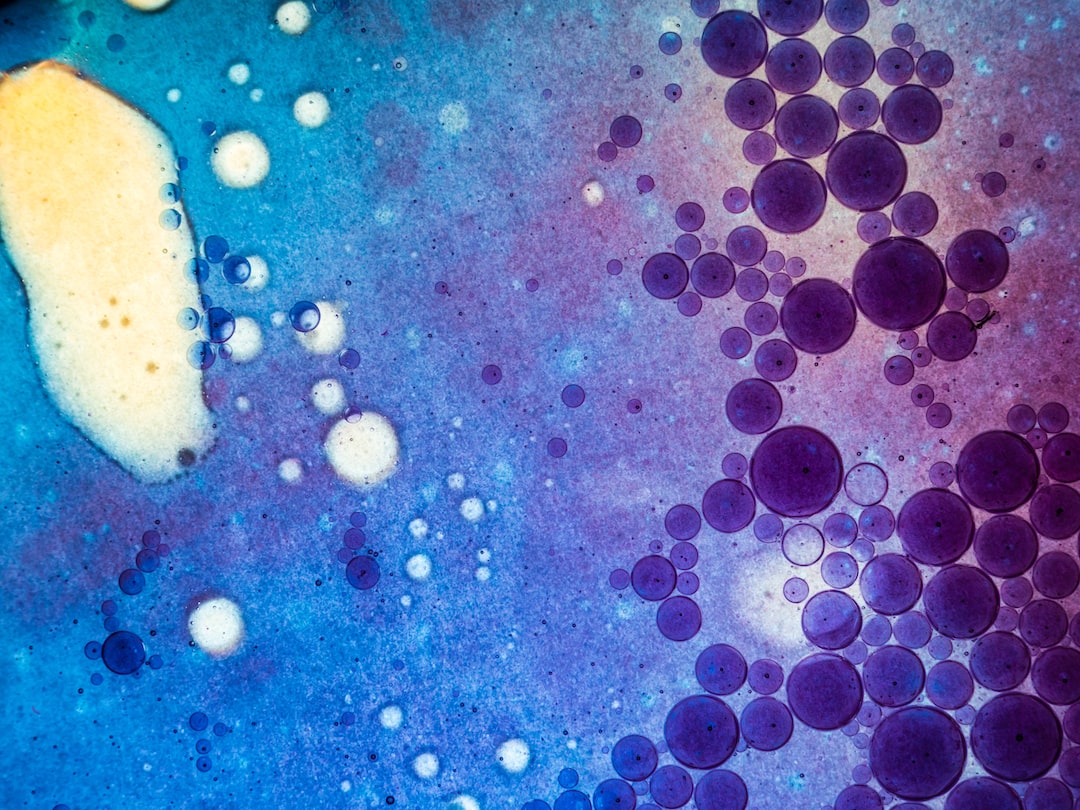Understanding the Symbolism in Renaissance Art
Renaissance art, which flourished in Europe during the 14th to 17th centuries, is renowned for its intricate details, vibrant colors, and realistic portrayals. However, beneath the surface lies a rich and complex symbolism that often goes unnoticed at first glance. These hidden meanings add depth to the artwork and provide insight into the culture, beliefs, and aspirations of the Renaissance period.
Symbolism was an integral part of Renaissance art, used by artists to communicate ideas, convey messages, and evoke emotions. This practice derived from the Humanist movement, which emphasized the importance of scholarship, knowledge, and the individual. Artists sought to include classical references, mythological narratives, and religious symbolism in their works, as a means of elevating their art to a higher intellectual and spiritual level.
One of the recurring symbols found in Renaissance art is the use of light and shadow. Light represents divine presence, enlightenment, and truth, while darkness signifies ignorance and evil. Artists meticulously applied light and shade to create a sense of depth and realism in their artwork. The contrast between light and shadow allowed them to highlight specific elements within the composition and convey the symbolism associated with them.
Fruit is another prevalent symbol in Renaissance art. Often depicted alongside religious figures or in still-life compositions, fruit represents fertility, abundance, and the cycle of life. It can also hold religious connotations, such as the apple representing the original sin in Christian iconography. The fruit’s ripeness, color, and freshness were carefully painted to evoke desired emotions and messages within the artwork.
The use of animals and birds in Renaissance art is also significant. These creatures were often portrayed with symbolic meanings attached to them. For example, a lion represents courage, strength, and the resurrection, while a dove symbolizes peace, purity, and the Holy Spirit. Artists employed these animal symbols to convey specific concepts or ideals within their work, adding layers of meaning for the viewer to decipher.
Another interesting aspect of symbolism in Renaissance art is the inclusion of objects that hold religious or philosophical significance. The use of symbols such as the lily, which represents purity and the Virgin Mary, or the skull, symbolizing mortality and the fleeting nature of life, adds a deeper layer of meaning to the artwork. These objects were thoughtfully placed within the composition to convey specific messages or moral lessons to the viewer.
Among the most iconic symbols of the Renaissance is the use of color. Artists carefully selected and combined colors to create symbolic associations within their works. For example, the color blue was often used to represent the divine, while red symbolized passion, love, and power. Gold, commonly used for backgrounds or highlights, conveyed the spiritual and heavenly realm. By employing these color choices, artists enriched their artworks and heightened the overall emotional impact on the viewer.
Religious symbolism played a pivotal role in Renaissance art, given the strong influence of the Catholic Church during that period. Through various symbols, artists conveyed theological teachings and moral messages. For instance, a lamb depicted in a painting may represent Jesus Christ, while angels could signify divine intervention or protection. These religious symbols helped viewers, many of whom were illiterate, to understand and connect with the spiritual aspects portrayed in the artwork.
Understanding the symbolism in Renaissance art provides a window into the mindset, values, and beliefs of the period. It enables us to appreciate the depth and complexity of these masterpieces beyond their aesthetic beauty. Each brushstroke, color choice, and object placement holds a deeper meaning, inviting us to delve into the artist’s intentions and the cultural and historical context in which the artwork was created.
In conclusion, symbolism in Renaissance art is like a hidden code waiting to be deciphered. Through the use of light and shadow, fruit, animals, objects, and colors, artists communicated complex ideas, emotions, and beliefs in their artworks. Understanding these symbols not only deepens our appreciation for Renaissance art but also offers insights into the intellectual and spiritual pursuits of this remarkable period in history. So, the next time you encounter a Renaissance masterpiece, take a moment to explore its hidden symbolism and unlock its hidden meanings.

